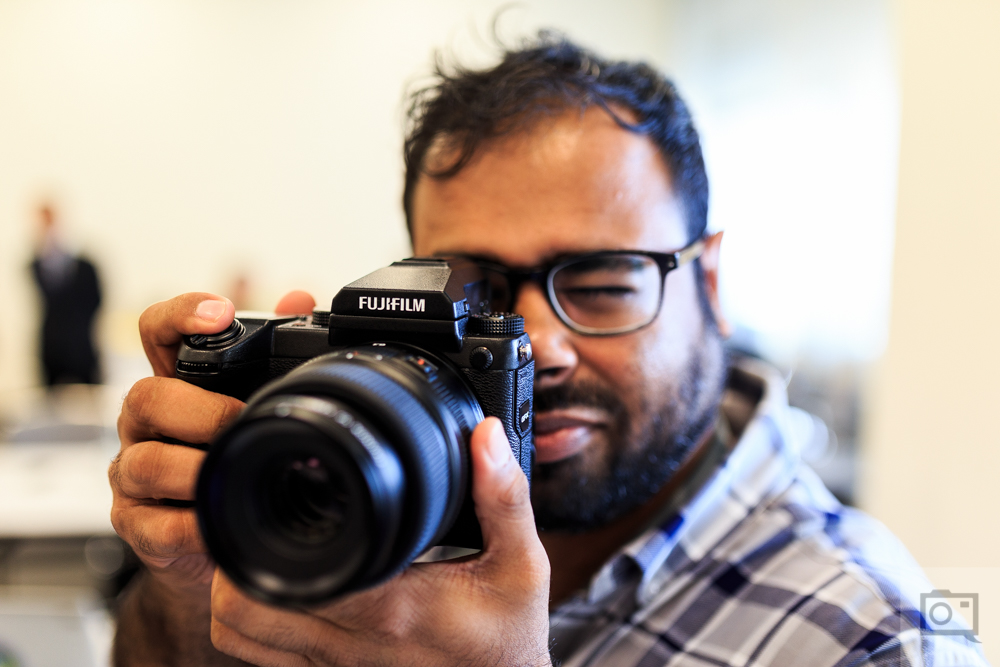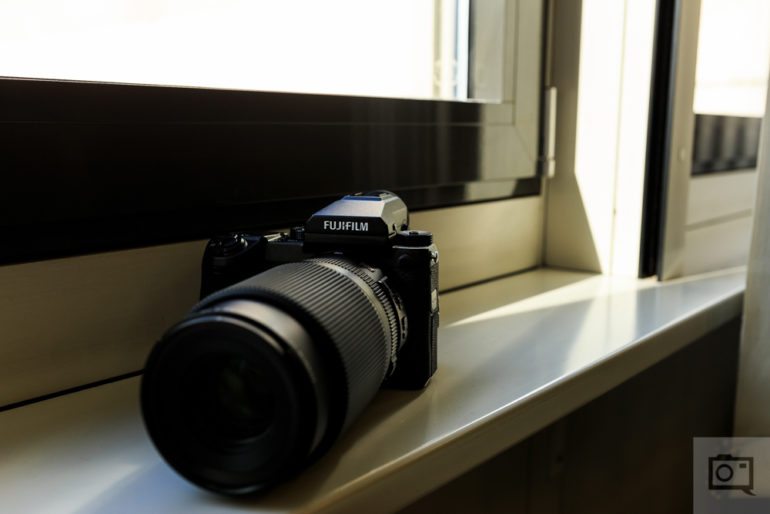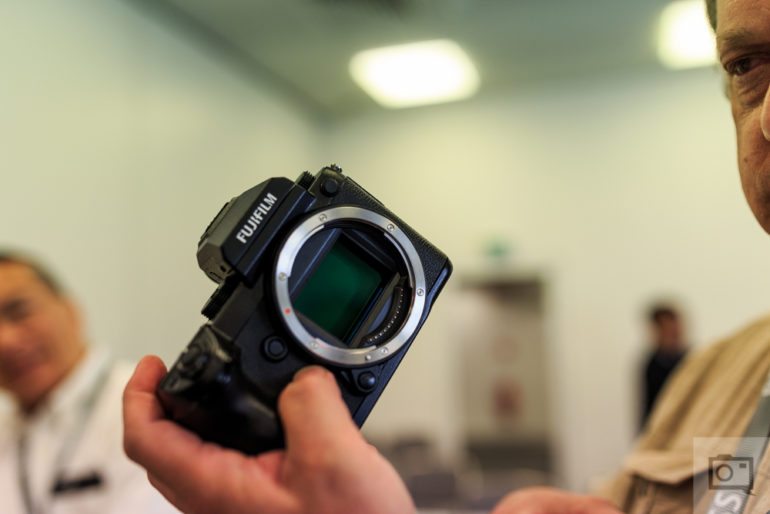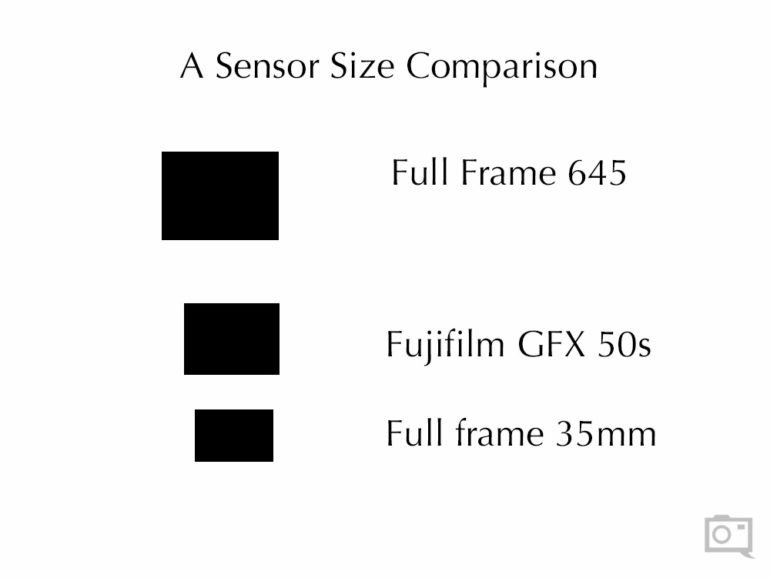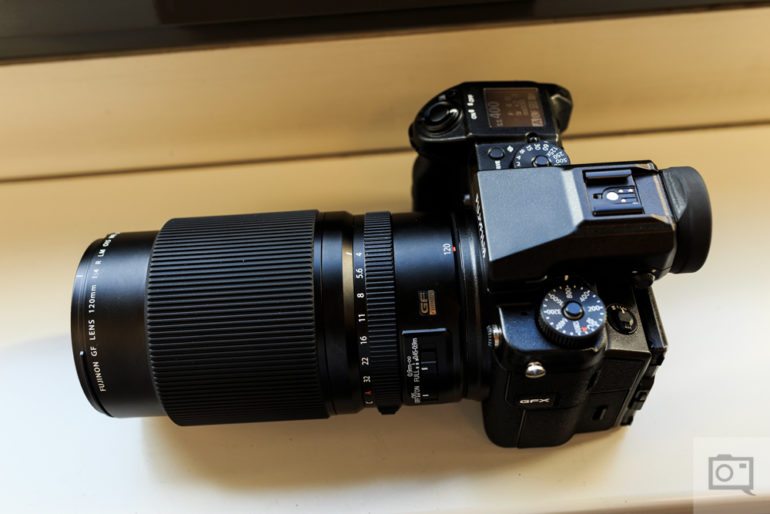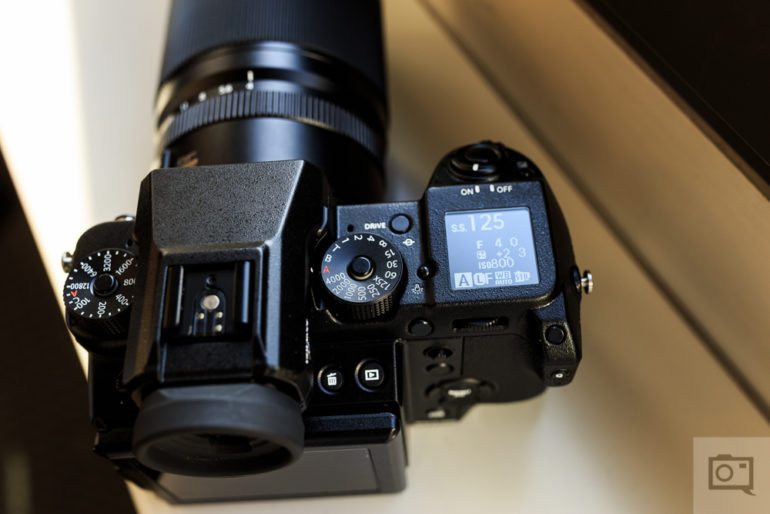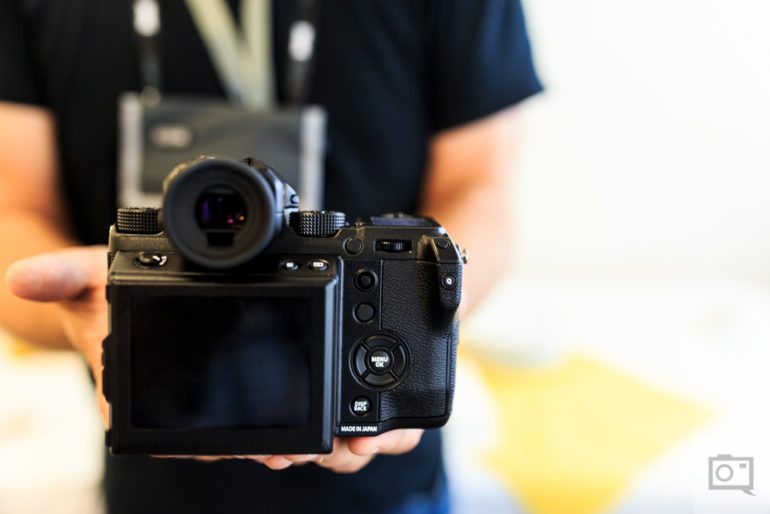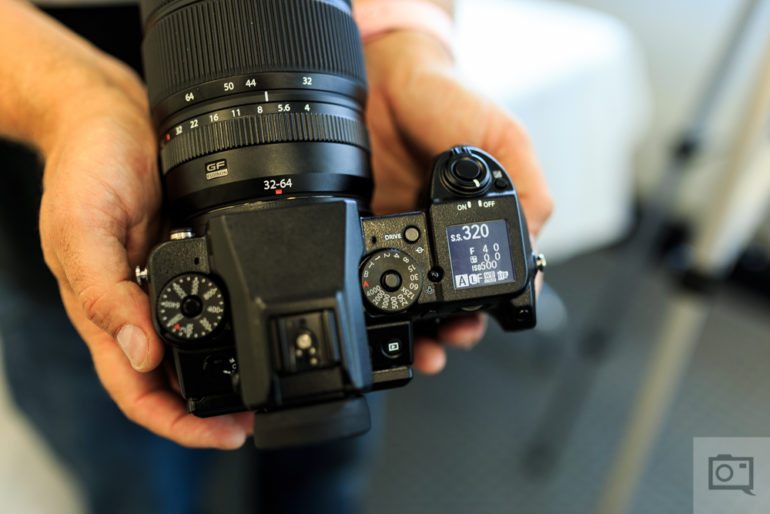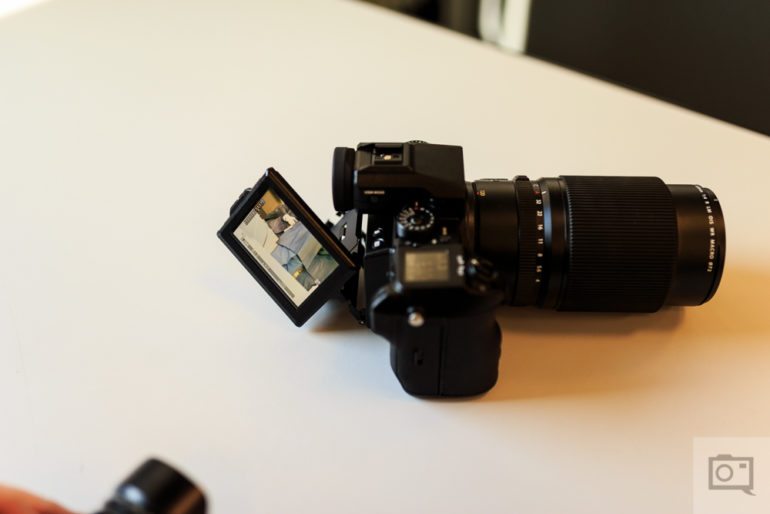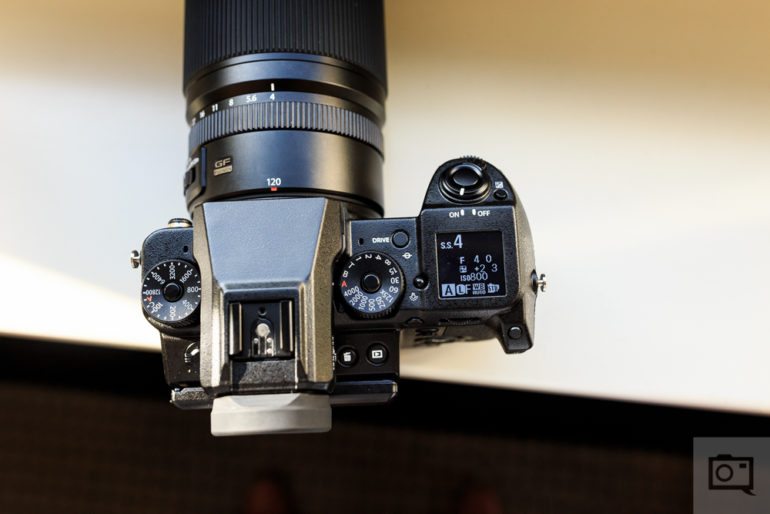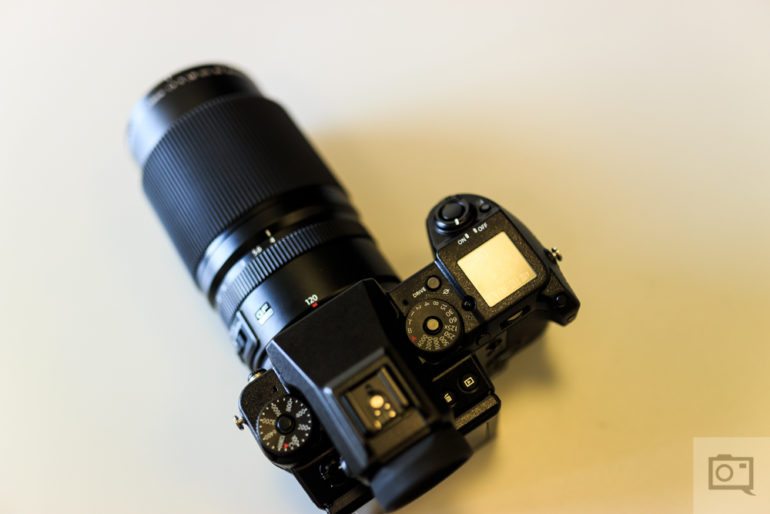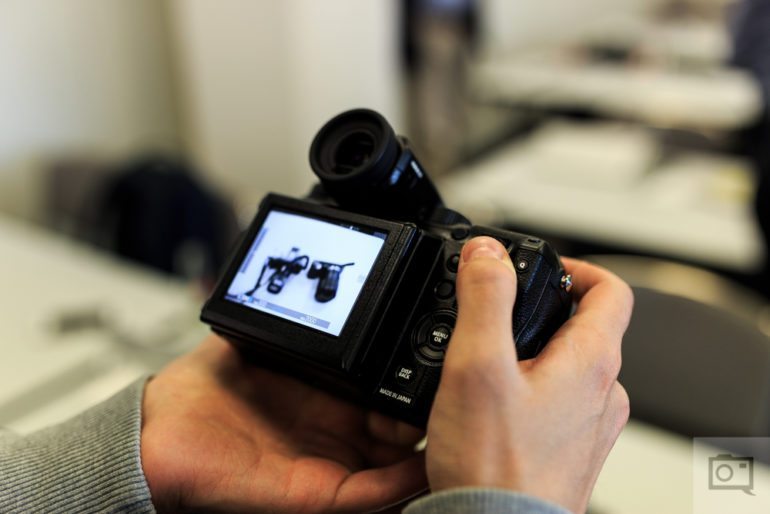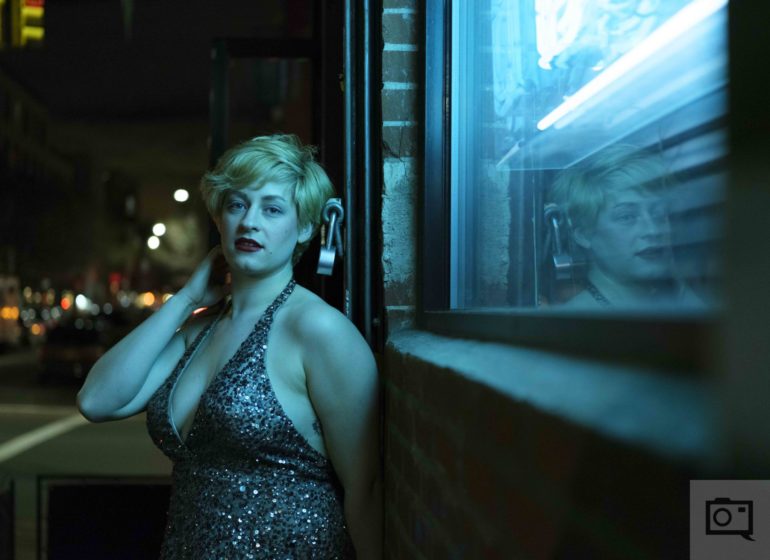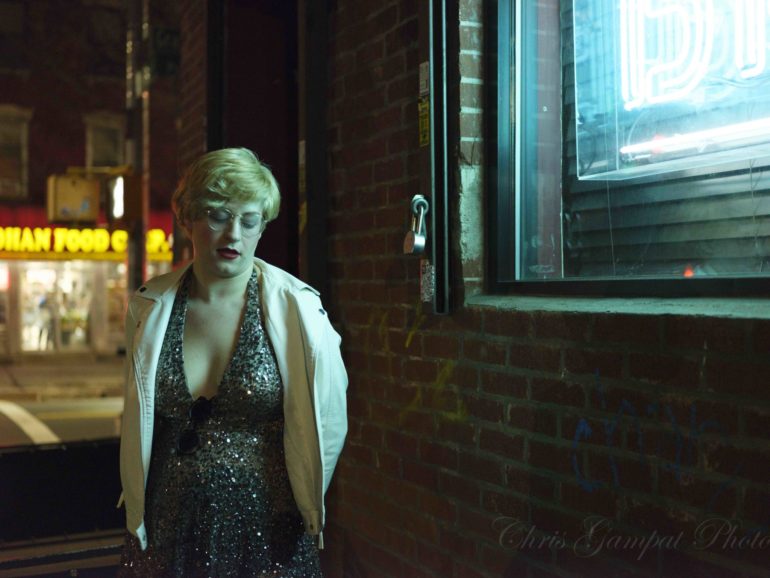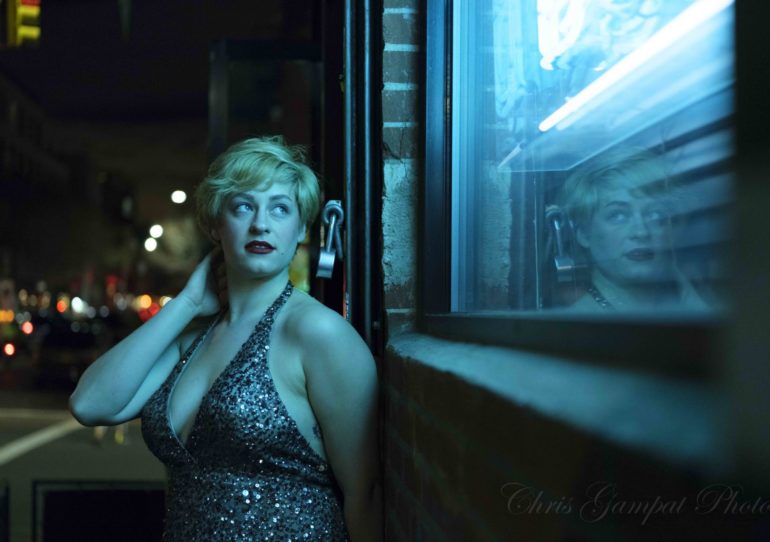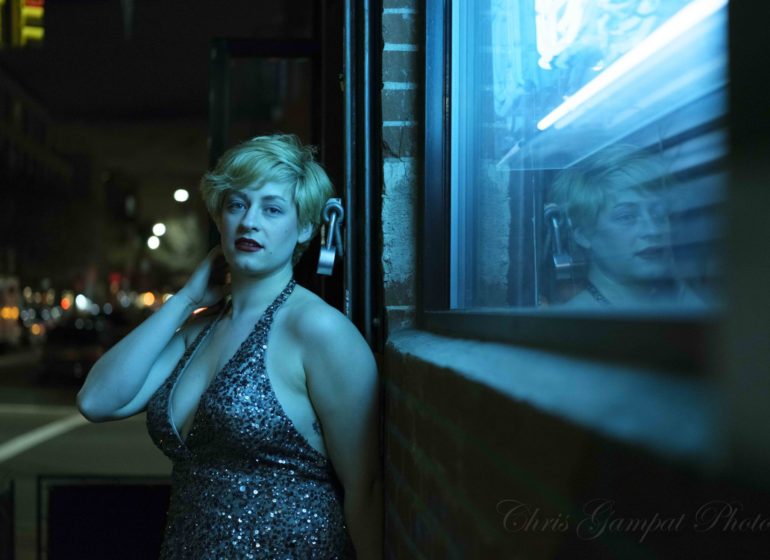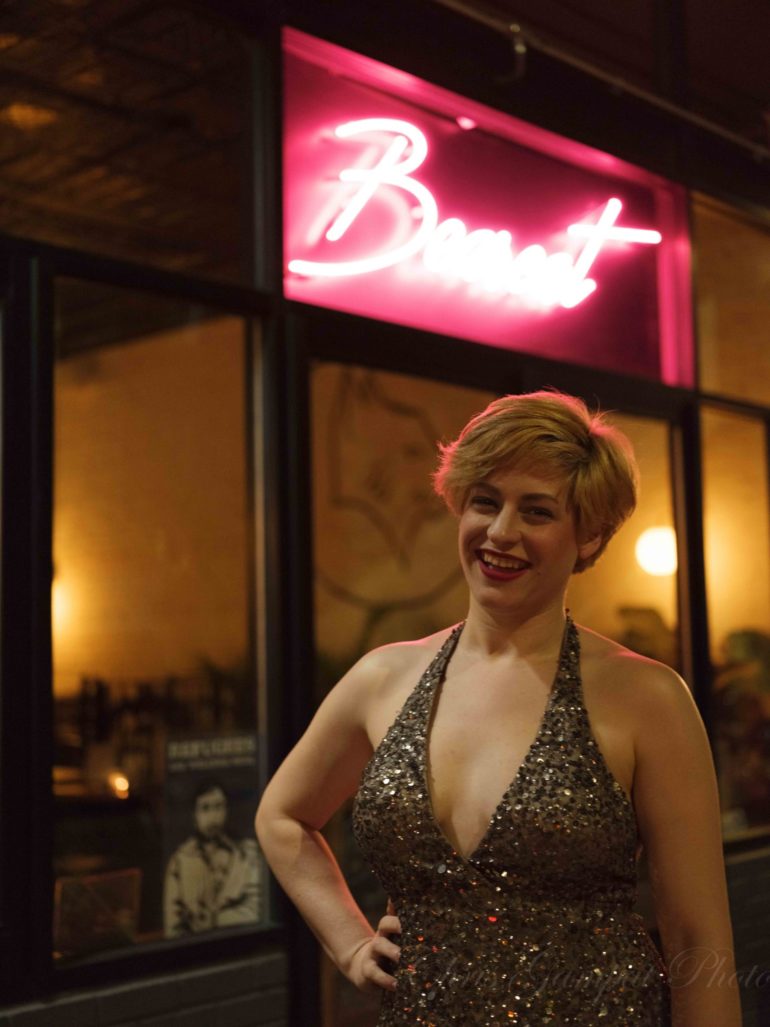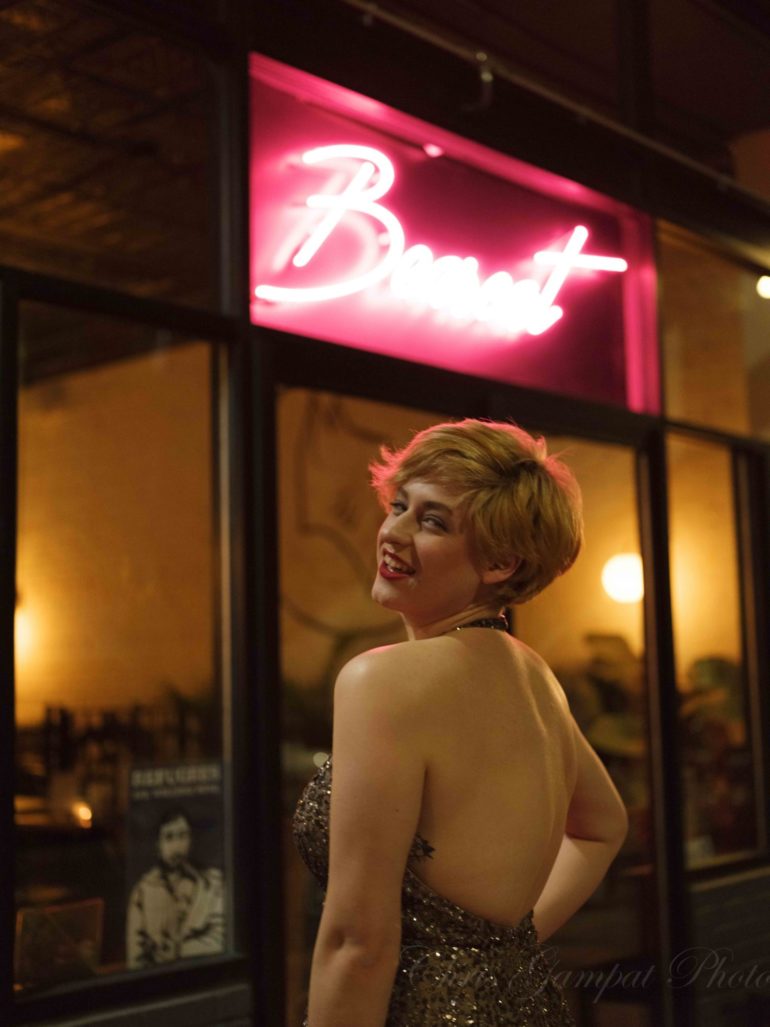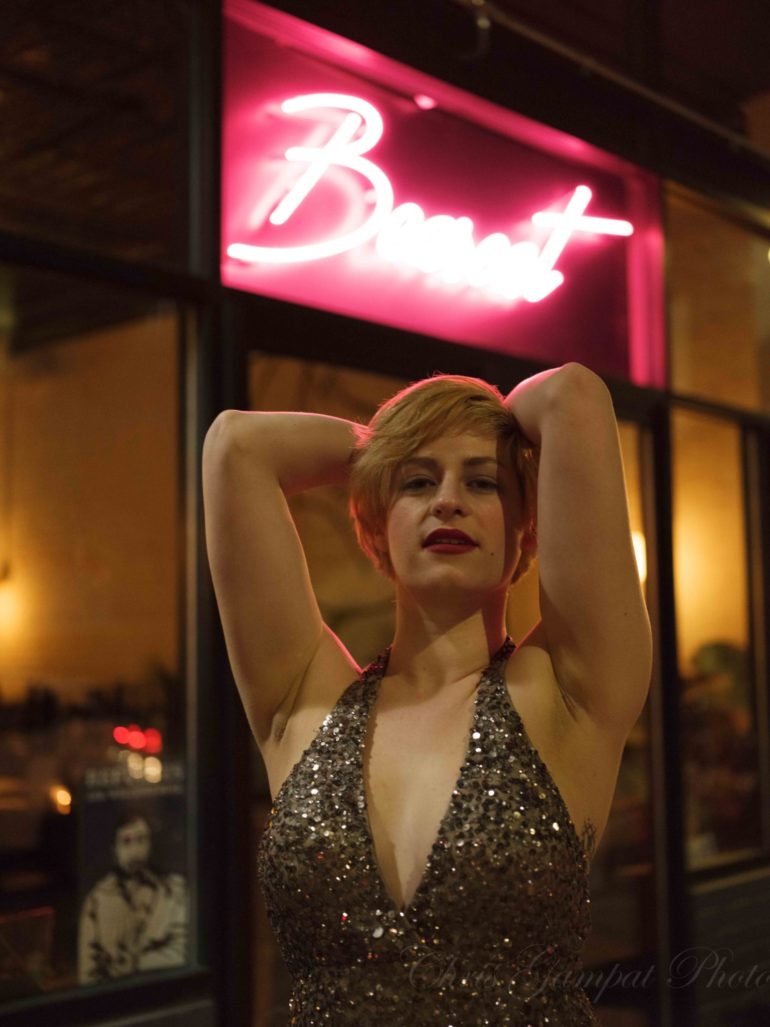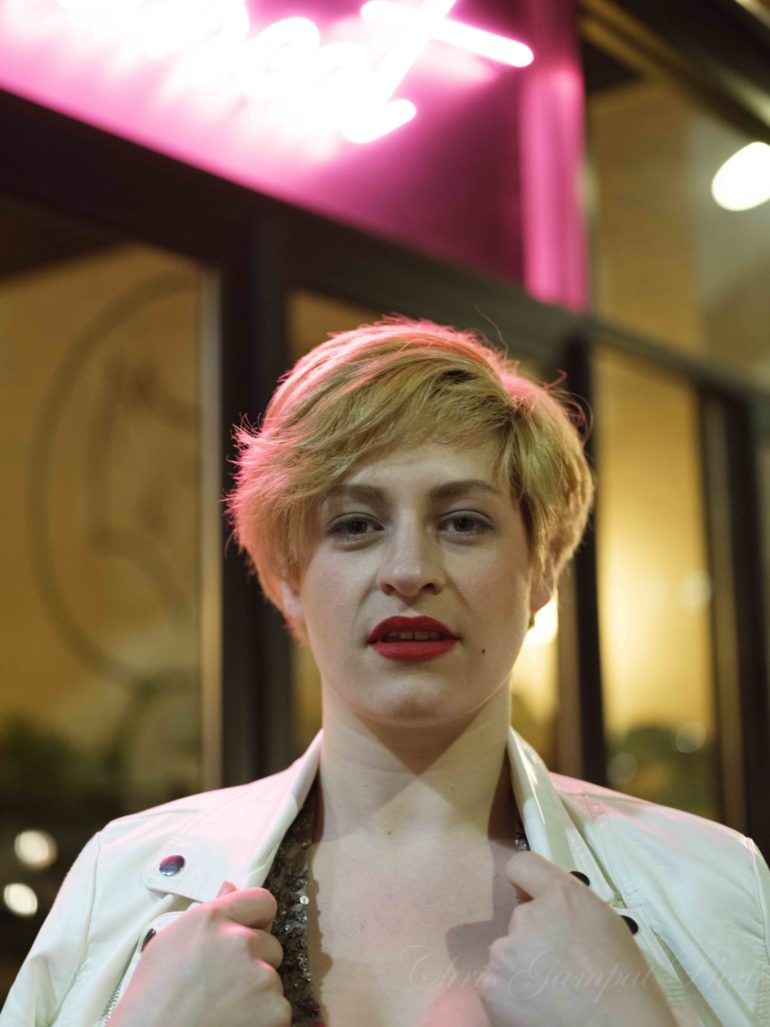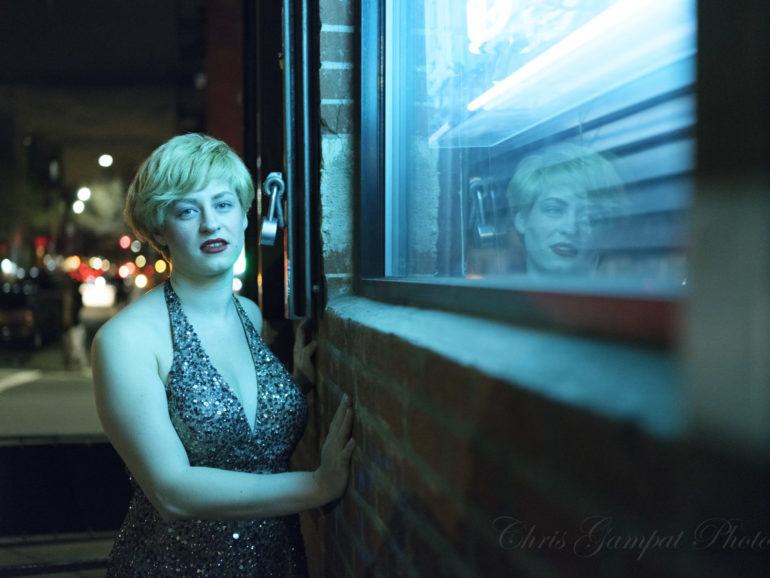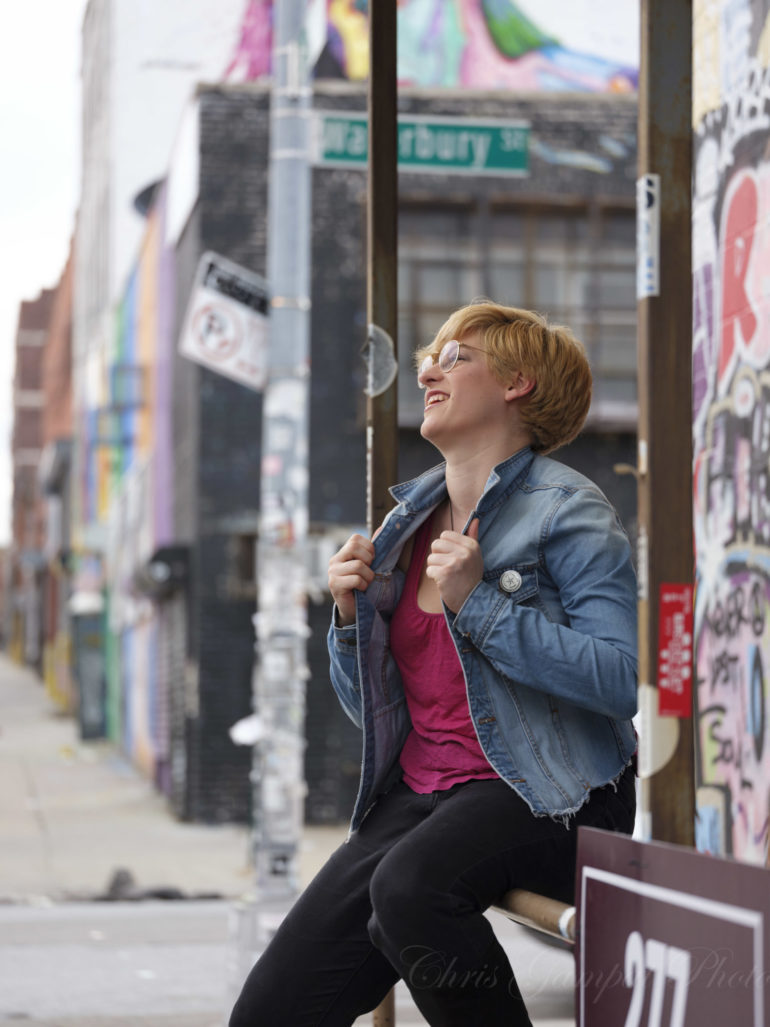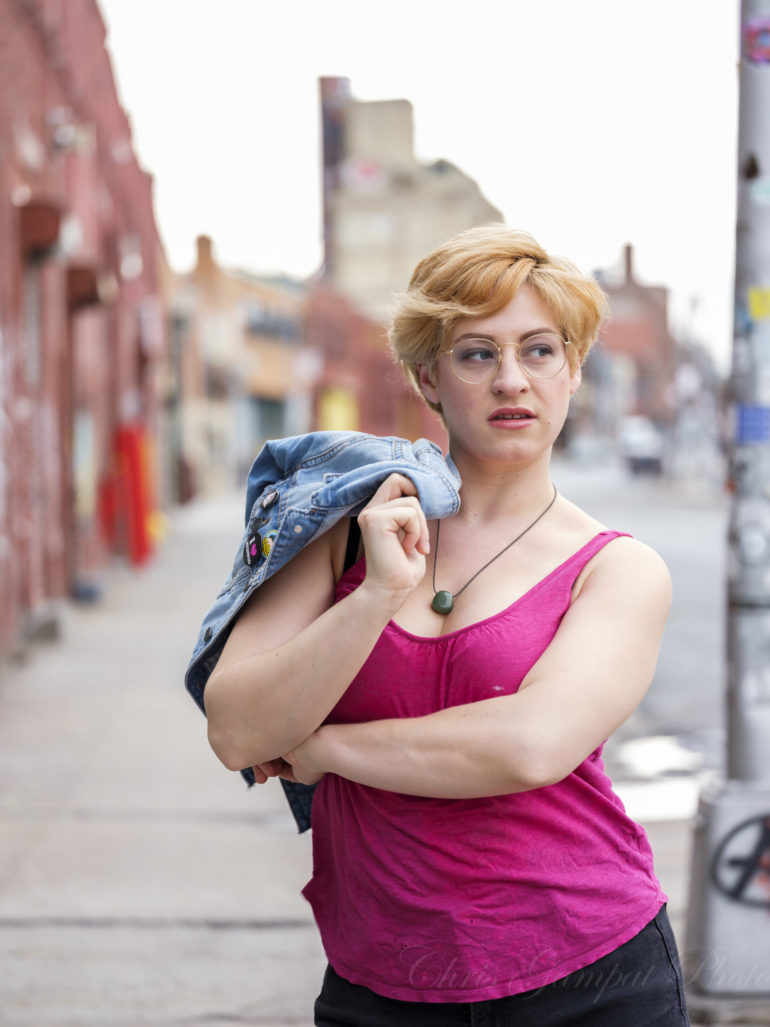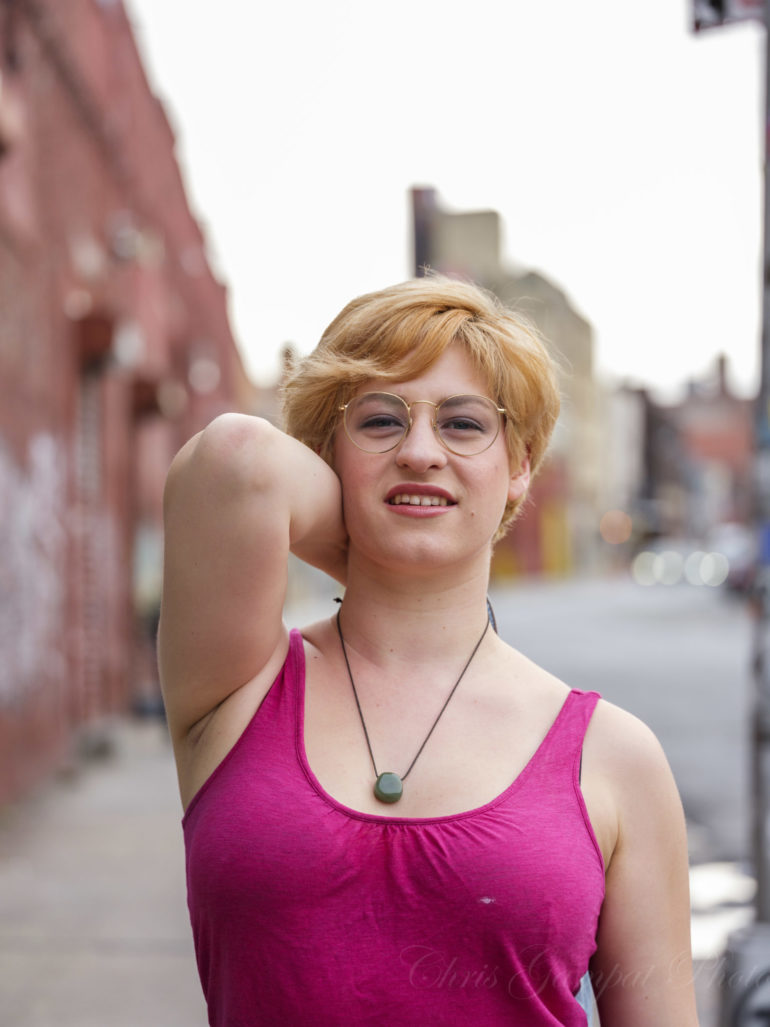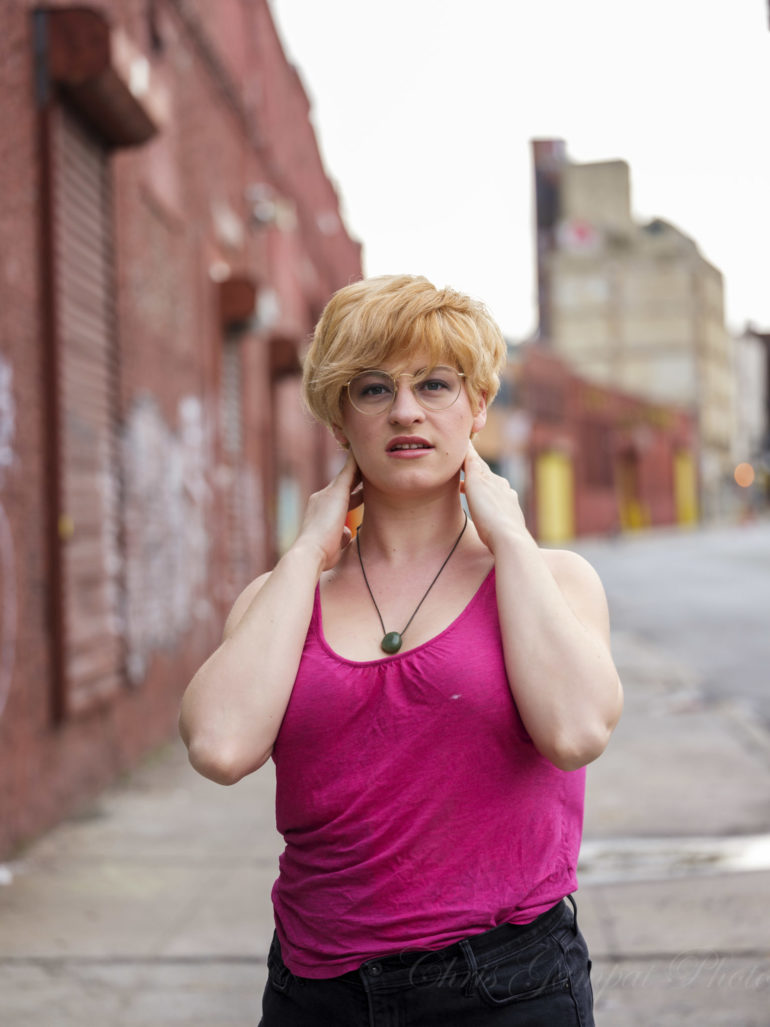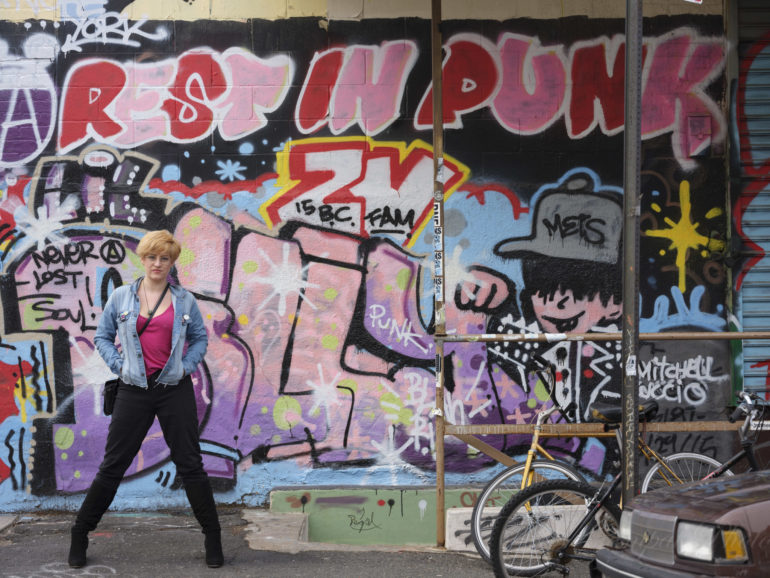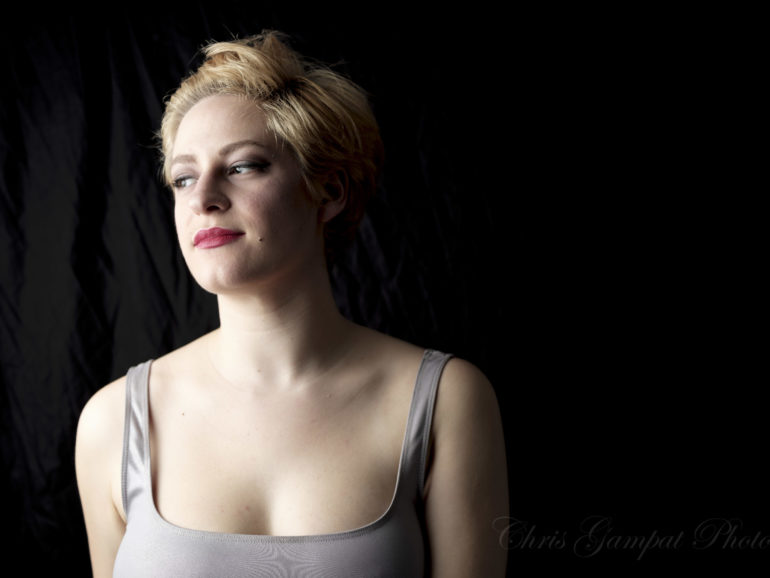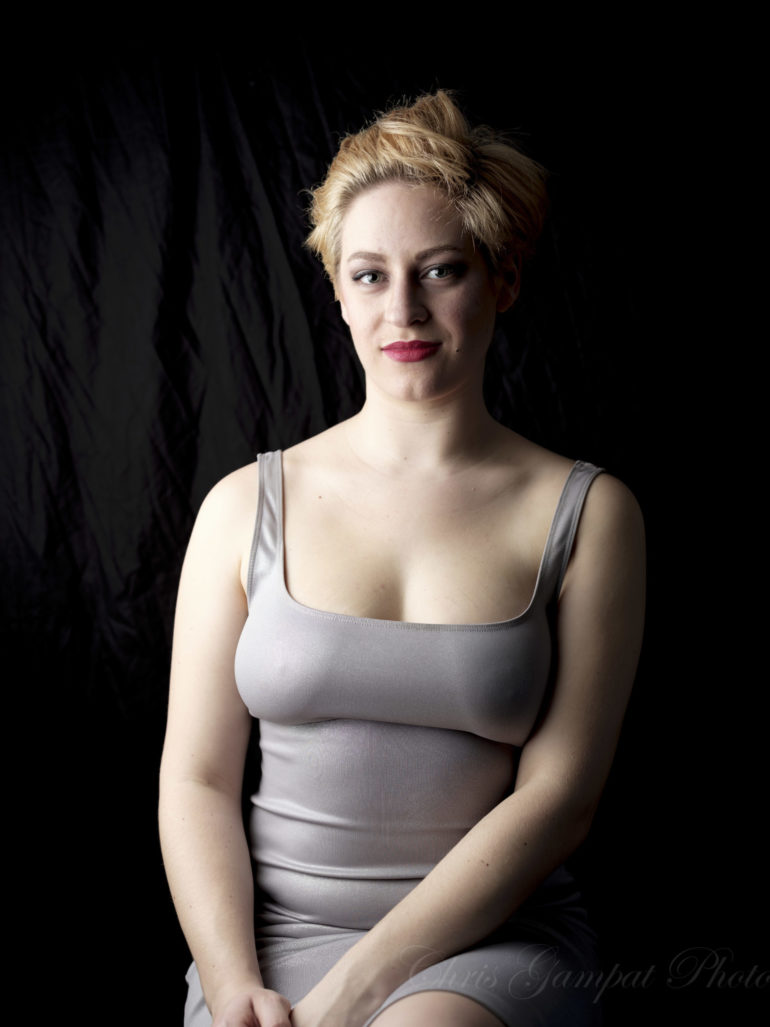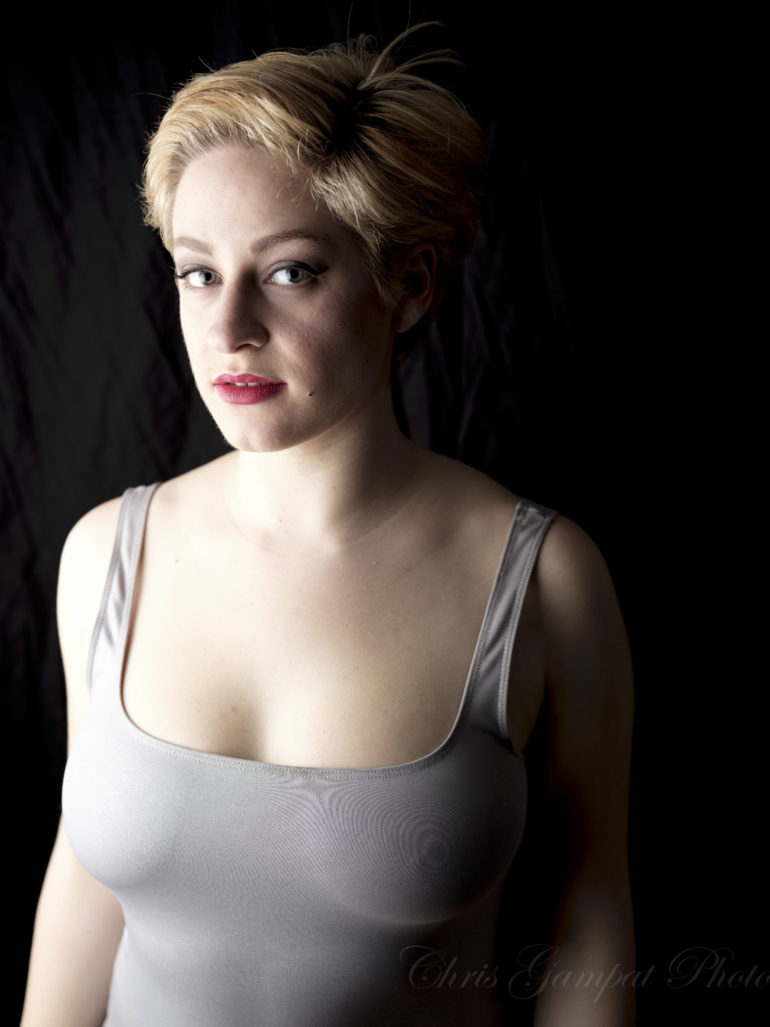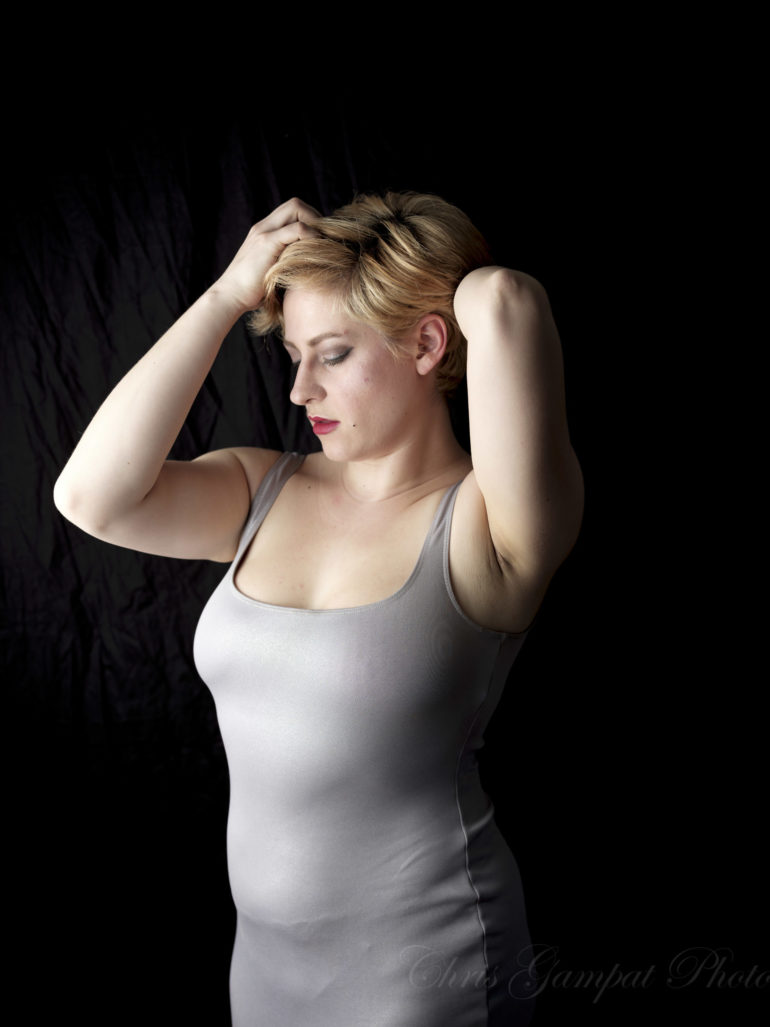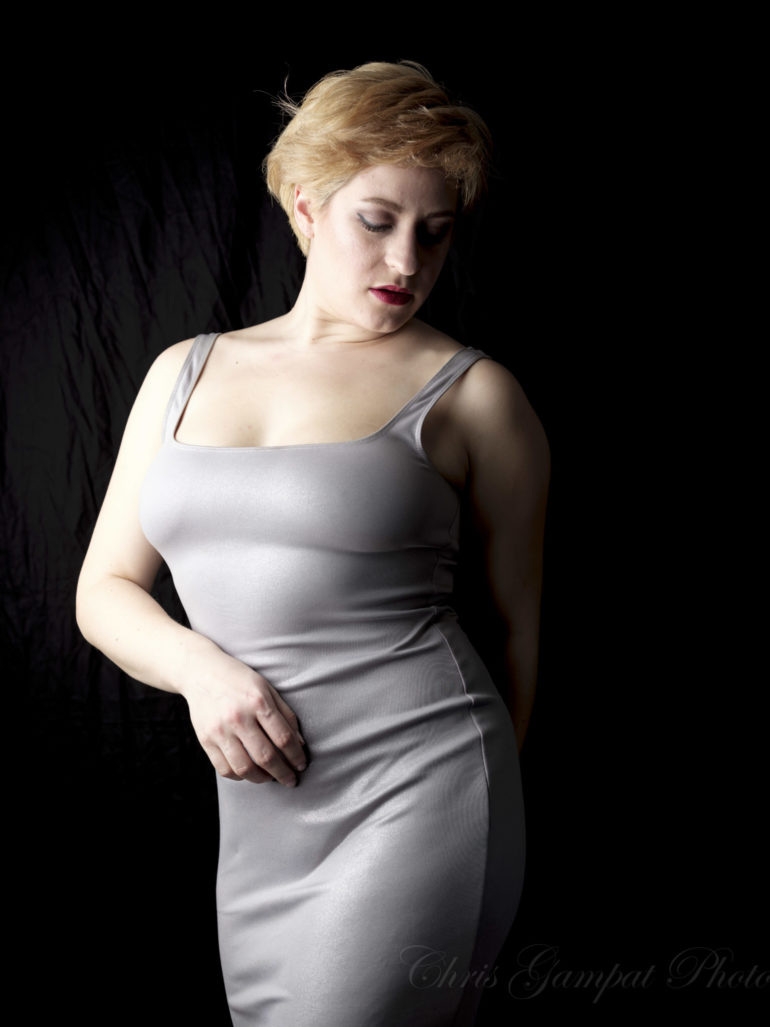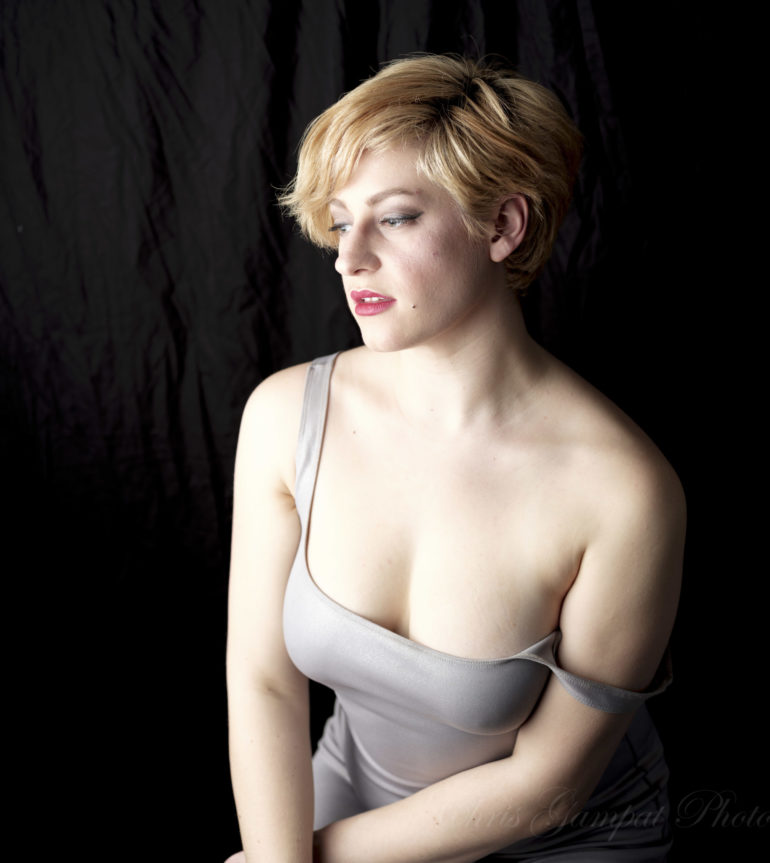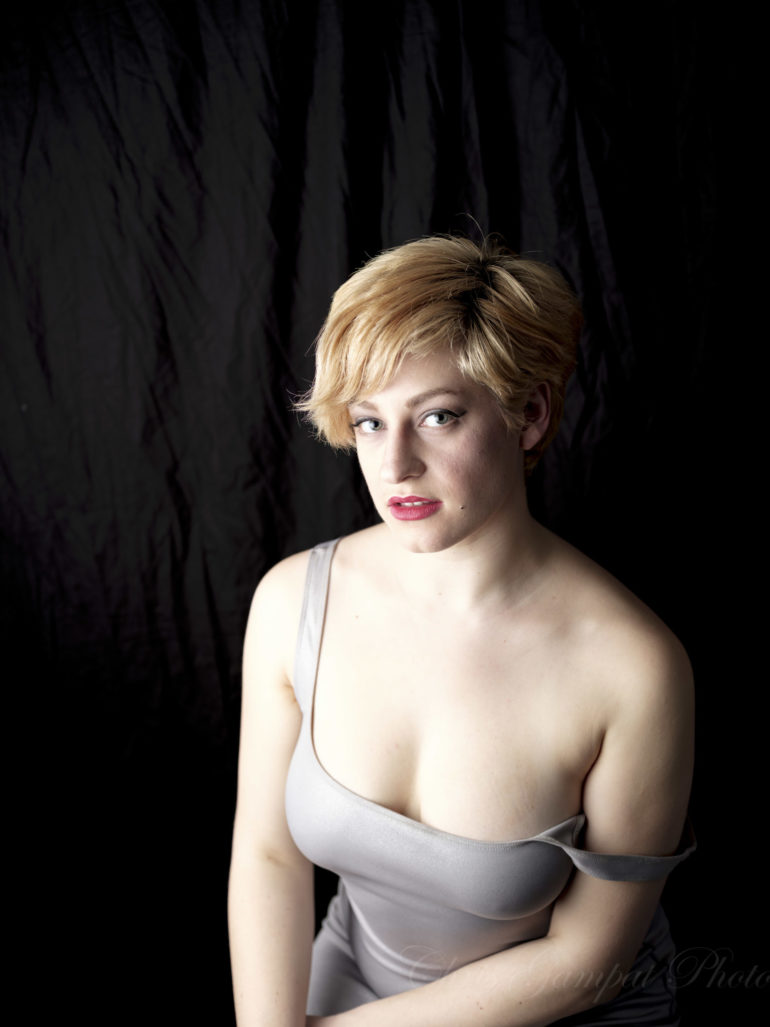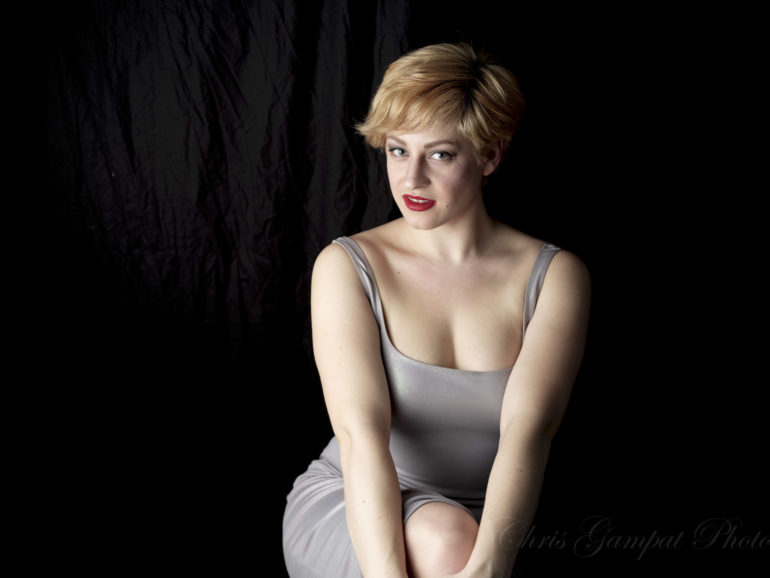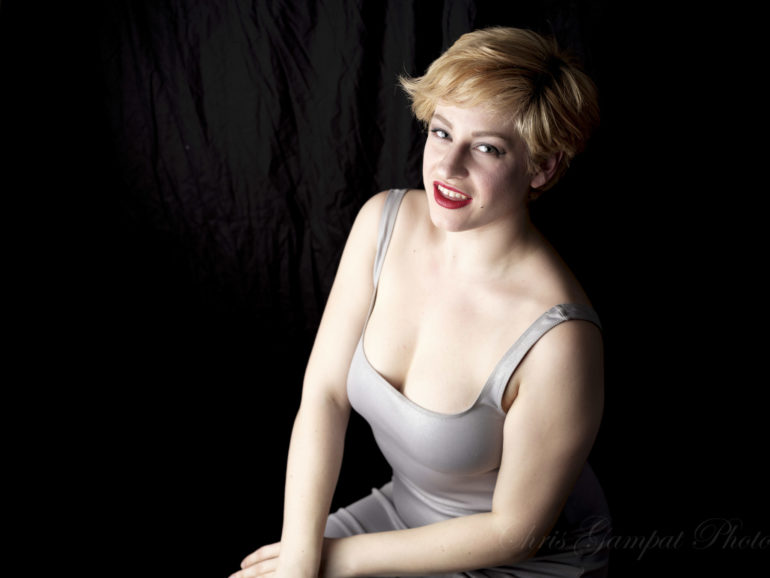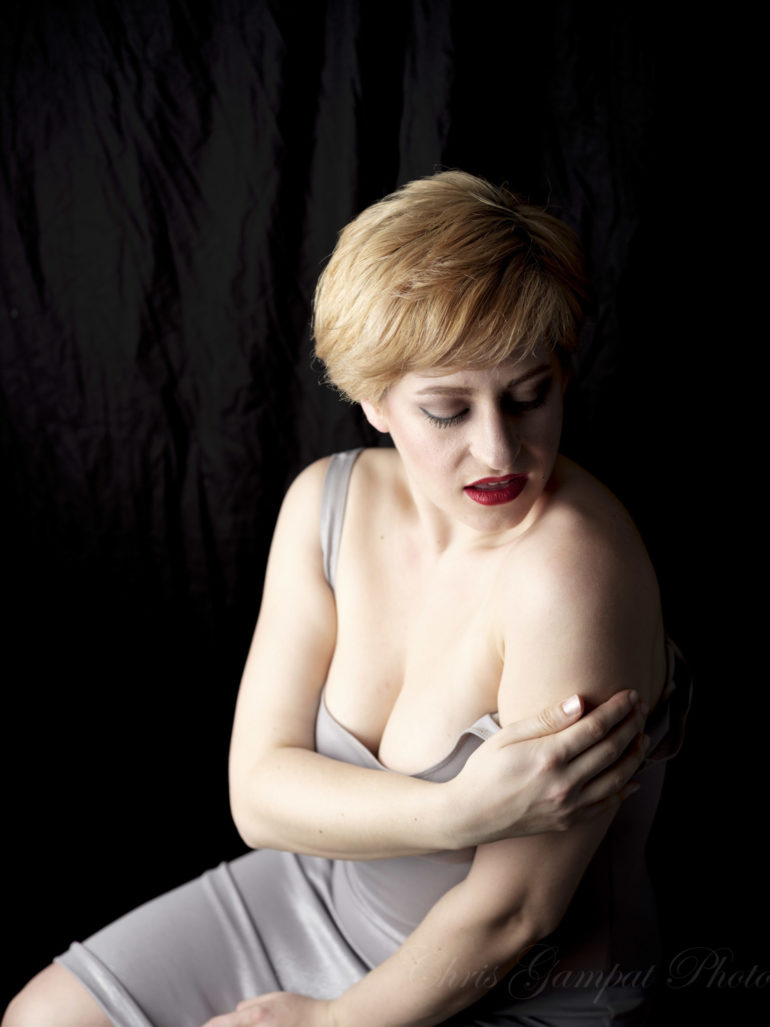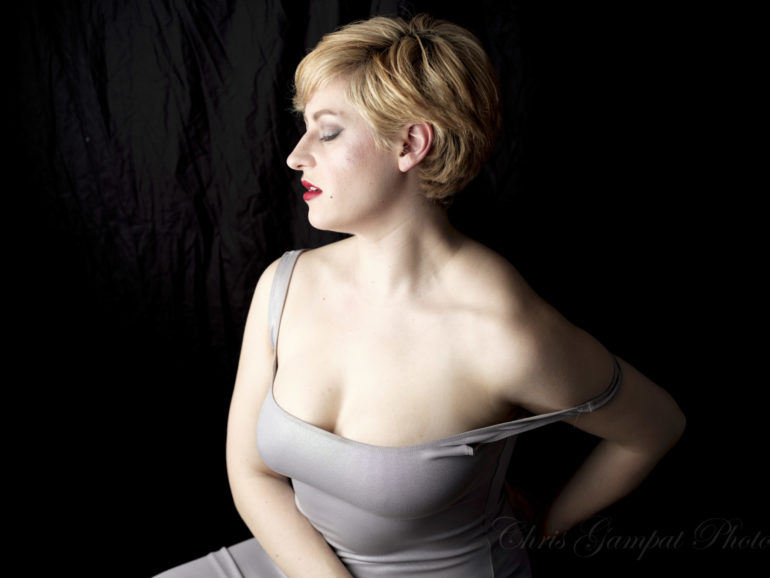Last Updated on 04/02/2017 by Chris Gampat
For a few minutes at Photokina 2016, I was able to personally fondle the hottest camera announced at the show: the Fujifilm GFX 50s. This is a medium format camera targeted at the full frame 35mm camera user and is the second medium format mirrorless camera in the digital market. Oddly enough though, it isn’t designed to resemble a Mamiya 7 II or anything else from the film days despite the retro aesthetics. A number of jounalists and I were taken through a presentation where we were introduced to the team who worked on the camera’s design and specifications. Fujifilm’s intention here is to find a way to appeal to professional photographers and high end enthusiasts without competing in the pool filled with sharks that produce full frame 35mm sensor cameras.
So far: they seem to have the world’s attention.
Tech Specs
You should really check out our announcement post for the specs.
Ergonomics
When you look at the camera, you immediately get the feeling that what you’re about to hold or see is a DSLR. But it’s not, it’s the medium fomat Fujifilm GFX 50s camera. The front of the camera (which Fujifilm tells us is in the early prototype stages and that things can change) looks and feels a lot like a DSLR. People that typically like mirrorless cameras may not appreciate that, but the Canon and Nikon crowd surely will.
At the heart of the Fujifilm GFX 50S is a 51.4MP sensor that is larger than a piece of 35mm film. A sensor of this size will mean a lot to portrait and landscape photographers. This mount and the entire camera is weather sealed in pretty much the same way that the Fujifilm X-T2 is.
Before we go on, these are the sensor sizes.
On the top of the camera is a removable EVF–it can tilt up and down with an attachment. You’ll also find the ISO dial here. At its center is a button to lock it when needed.
On the top of the other side of the Fujifilm GFX 50s is a shutter speed dial, dive dial, LCD screen for quick infomation, on/off switch, and the hot shoe. Like the other dial, you can lock the shutter speed.
Turn the camera towards the back and what you’ll spot here are few buttons. Of course, there is a menu button, playback, etc. But this is less than what Fujifilm has usually produced.
However, in my brief time with the camera I didn’t find any major issues with it.
The camera in many ways looks like they took an X-T2 and suped it up in so many ways. In other ways, it reminds me of a Pentax 645z and other medium format cameras–except not as “serious business” styling.
The back LCD screen can tilt for use; and in some ways it feels like a permanently attached medium format back. It could honestly benefit from being a touchscreen.
Build Quality
This camera is said to have the same weather sealing as the Fujifilm X-T2. Additionally, all of the lenses available are weather sealed.
What I find very incredible is that this camera is about the same size and lighter than a Canon 6D with a Sigma 35mm f1.4 Art lens.
Ease of Use
The camera we tested is an early prototype. In fact, at one point the camera was off but the top LCD screen was on. However, the shooting experience is as straightforward as ever. If you’ve used an X-T2 o an X Pro 2, all of this will make sense.
Autofocus
This is a prototype lens and camera, and to be honest if I were comparing the autofocus to anything it would the very first Sigma DP cameras. If you haven’t been in the photo industry that long, liken the autofocusing speed to trying to pour a thick syrup on top of something like a cake. On top of that, consider that these lenses are capable of focusing very closely.
What’s in play here is a contrast detection autofocus system and it has to move a big lens. So of course it’s going to be slow. Still though, it makes sense for portraits and landscapes.
Image Quality
We weren’t able to stick an SD card in the camera because it’s a prototype. But Fujifilm is really pushing the pixel peeping factor here.
Update 4/2/2017: We’ve got the camera in and can now provide you with image samples.
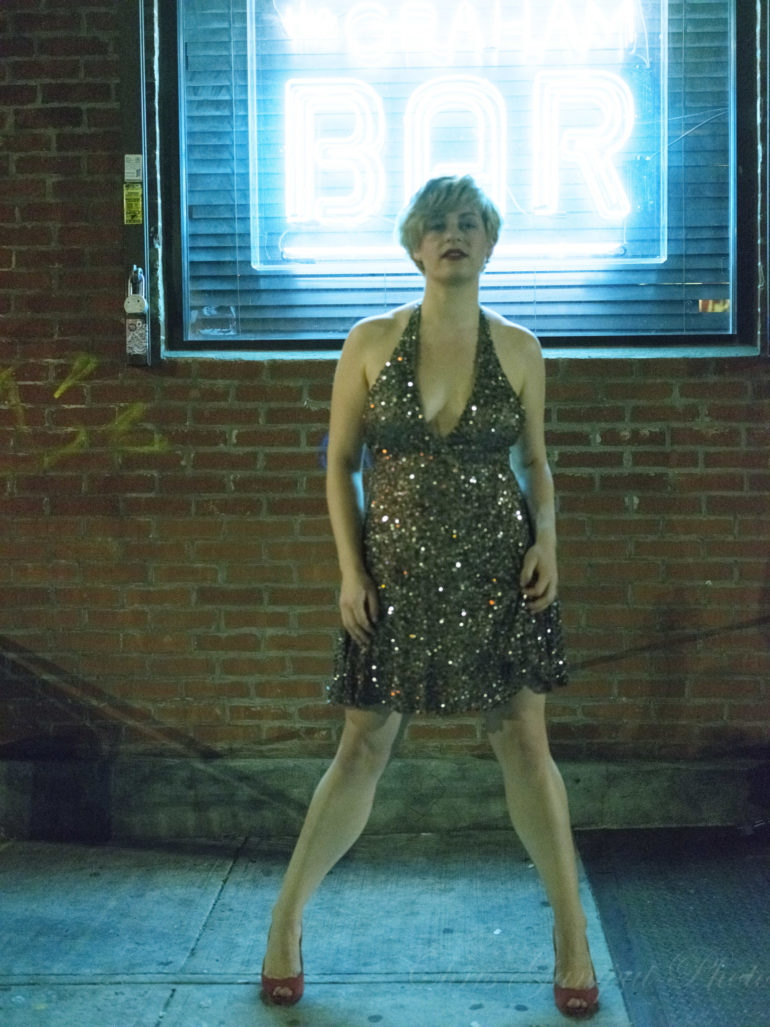
First Impressions
Do I like the camera? I don’t hate it, but I’m not falling head over heels for this prototype either. I personally wanted something more like a Mamiya 7 II that was rangefinder style with an EVF. Or something with a top-down LCD screen that lets me shoot TLR style would have been something I’d spring for.
Does it feel great in the hands? Heck yes. Does it work well? Totally. Would it make me leave full fame 35mm? To be honest, I hate full frame 35mm because all my personal work is 67 medium format film and Fujifilm 100-C with lights and all. I’ll surely get a larger file and all; but I’m not sure I need it because I know how to make a file from a Micro Four Thirds camera look like it was shot with a full frame one. It’s not that difficult to do. Fujifilm’s big challenge here will be third party support, lenses (five of which are coming in the first year), working with lighting companies, and convincing people that their sensor is that much better than a 35mm full frame offering. That’s where I really feel that the choice to not go X Trans is really shooting them in the foot. Sure, you can still get great images; but so can Hasselblad. Same with a Sony a7r II or a Canon 5Ds or a Nikon D810. Besides, all those cameras have a lot of support in terms of lenses, lighting, etc.
I genuinely wish Fujifilm luck here–especially since the industry is having just so many shakeups here. But at the moment, I think that there is a lot of excitement but I’m not too sure about how many people will pull the trigger. What I am very sure about is that lots of Hasselblad X1D pre-order makers may want their money back and could flock to this.


